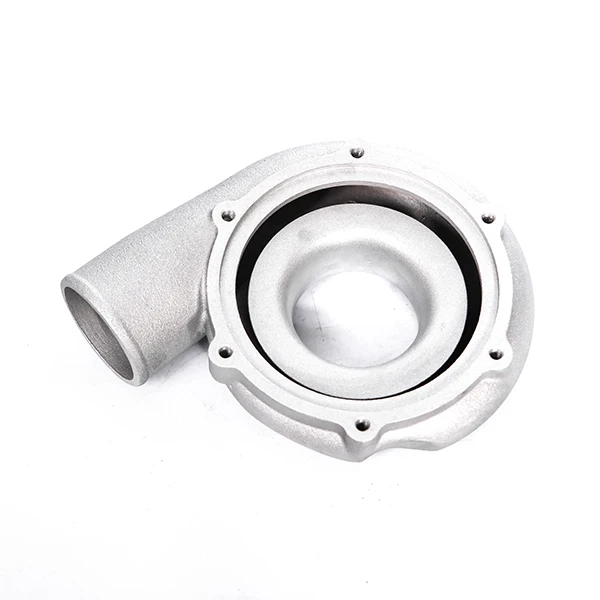Mobile:+86-311-808-126-83
Email:info@ydcastings.com
cast stainless steel
Understanding Cast Stainless Steel Properties and Applications
Cast stainless steel is a versatile and durable material that has gained popularity in various industrial applications. Unlike wrought stainless steel, which is shaped through deformation processes, cast stainless steel is created by pouring molten metal into molds. This method allows for the production of complex shapes and designs that would be difficult or impossible to achieve with traditional machining methods. As a result, cast stainless steel is often used in the production of intricate components for a variety of sectors.
One of the most significant advantages of cast stainless steel is its exceptional corrosion resistance. It is composed of chromium, which forms a protective oxide layer on the surface, preventing rust and degradation even in harsh environments. This property makes cast stainless steel ideal for applications in industries such as food processing, pharmaceuticals, and marine engineering, where exposure to corrosive substances is common.
In addition to its corrosion resistance, cast stainless steel boasts excellent strength and toughness. This material can withstand high temperatures and significant stress, making it suitable for use in demanding applications, such as pressure vessels, valves, and pumps. Its mechanical properties ensure long service life and reduced maintenance costs, contributing to overall efficiency in various operations.
cast stainless steel

The casting process allows for great design flexibility. Engineers and designers can create components with intricate details or unique configurations, streamlining assembly and reducing the number of parts required in a system. This capability can lead to cost savings in manufacturing, as fewer components may result in shorter assembly times and reduced labor costs.
Another important aspect of cast stainless steel is its ability to be manufactured in a range of alloys, each tailored to specific environmental conditions and performance requirements. Different grades offer varying levels of resistance to heat, chemicals, and wear, allowing manufacturers to select the most suitable material for their particular application. For example, some alloys are specifically designed for high-temperature applications, while others focus on enhanced toughness or improved machinability.
Despite these advantages, it’s essential to consider that the quality of cast stainless steel can vary based on the casting process and the skill of the operators involved. Therefore, it is crucial to source materials from reputable manufacturers who adhere to strict quality control standards to ensure the reliability and durability of the final products.
In summary, cast stainless steel is a robust and adaptable material that plays a vital role in numerous industries. Its combination of corrosion resistance, strength, and design flexibility makes it a preferred choice for a wide range of applications, from intricate components to critical infrastructure. As technology continues to advance, the potential for innovation in cast stainless steel applications is immense, promising even greater efficiencies and capabilities in the future.
-
Why Should You Invest in Superior Pump Castings for Your Equipment?NewsJun.09,2025
-
Unlock Performance Potential with Stainless Impellers and Aluminum End CapsNewsJun.09,2025
-
Revolutionize Your Machinery with Superior Cast Iron and Aluminum ComponentsNewsJun.09,2025
-
Revolutionize Fluid Dynamics with Premium Pump ComponentsNewsJun.09,2025
-
Optimizing Industrial Systems with Essential Valve ComponentsNewsJun.09,2025
-
Elevate Grid Efficiency with High-Precision Power CastingsNewsJun.09,2025











